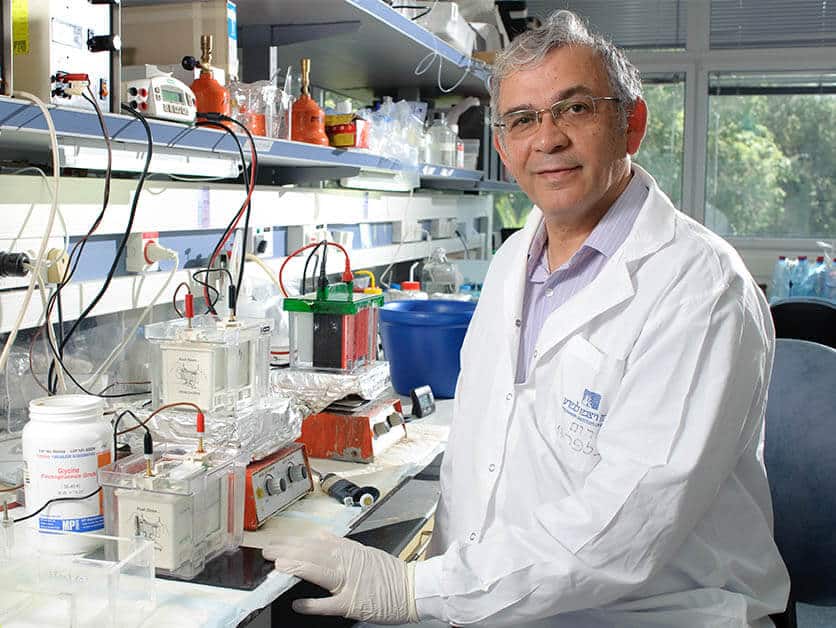The component was developed based on the research of Prof. Yosef Shaul
Prof. Yosef Shaul He was a postdoctoral researcher at the University of California, San Francisco, when he read in the early 80s about the decoding of the genome of the hepatitis B virus (or HBV for short). "It was a surprising discovery. Until then we had not known such a virus - with its unique genome structure and complex life cycle," recalls Prof. Shaul of the discovery that ignited his imagination. Since then he is inAn ongoing journey To understand the mechanisms of the virus that causes viral hepatitis (jaundice type B) and increases the chances of developing liver cancer. His research in the field, within the Department of Molecular Genetics at the Weizmann Institute of Science, led to groundbreaking discoveries and the development of a unique vaccine who won the last For approval by the American Food and Drug Administration (FDA).

HBV is a life-threatening virus that attacks the liver and can lead to chronic liver disease. The World Health Organization estimates that 296 million people in the world suffer from chronic hepatitis B, 1.5 million people become infected with the virus each year, and approximately 820,000 die from various complications related to the disease, mainly liver cirrhosis and liver cancer. The virus, which is passed from person to person through contact with infected body fluids, penetrates cells through its envelope proteins - the same spike proteins that we have come to know well during the corona epidemic. However, unlike the corona virus, which has one type of spike protein, HBV has three types of spikes: short, medium and long.
Prof. Shaul's scientific challenge was to understand how one viral gene produces three different spikes. His research on the subject led to the development of "hollow" virus particles, which from the outside look like the complete virus on its three spikes, but do not contain additional genetic elements and are therefore not dangerous. Prof. Shaul immediately understood that this development could be an effective alternative to the first generation of HBV vaccines that does not contain all the spikes. He contacted the company "ידע” – the intellectual property commercialization arm of the institute's scientists – and in 1988 a license agreement was signed with “General Biotechnology”. The company, which was one of the pioneers of Israeli biotech and has since been acquired by the Swiss pharmaceutical giant Pring, developed an immune component based on Prof. Shaul's discoveries, which was approved for use in Israel in 2000.
In recent years, in light of the global increase in the number of carriers of the virus and the incidence of liver cancer, and in light of the fact that there is a subgroup in the population that does not respond to the first generation vaccines, the American pharmaceutical company decided VBI vaccines Apply for approval for this vaccine in the United States, Europe, Great Britain and Canada. Last December, the FDA approved the use of the vaccine PreHebrew In the United States on the basis of two clinical trials, which showed that those vaccinated with the compound reached higher levels of protection and did so in a shorter time than those vaccinated with the first generation compounds. The vaccine even worked better in people who did not respond or responded little to existing vaccines.
The increased effectiveness of the vaccine may help not only in the fight against hepatitis B, but also to reduce the number of liver cancers caused by the virus. In addition, these days the company is conducting clinical trials to test the possibility of using the compound as a treatment for patients with chronic hepatitis B.
More of the topic in Hayadan:
